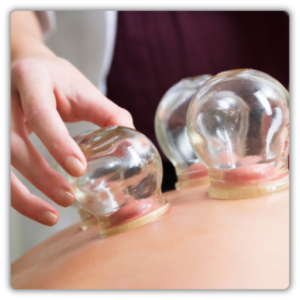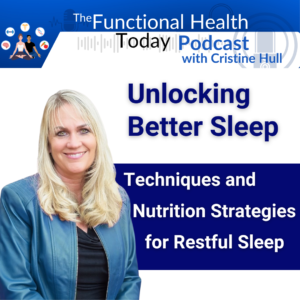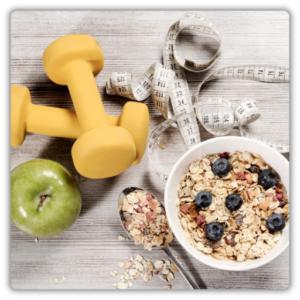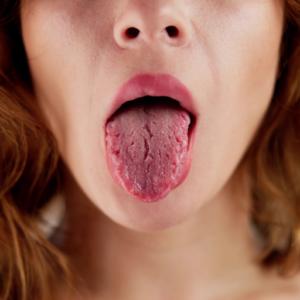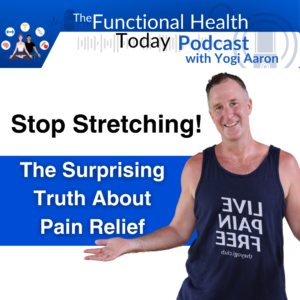
Did You Enjoy This Podcast?
Are you struggling with addictive cravings like sugar and smoking? Meet Meridee, a pioneering expert in using energy therapy to restore balance. Discover how simple sessions can reset your body’s cravings and support healthier choices. Curious about the science behind this innovative approach and its 95% success rate?
The Science Behind Cold Laser Therapy
Cold laser therapy is an innovative approach that’s becoming increasingly prevalent in addiction treatment. This non-invasive method uses low-intensity lasers to target acupuncture points, following the same principles as traditional acupuncture but without the needles.
By applying therapeutic laser technology, it stimulates the body’s natural healing response at a cellular level, promoting tissue regeneration, increasing blood flow, and supporting the healing process. The use of cold laser therapy in addiction recovery is based on the idea that it can reduce cravings, ease withdrawal symptoms, and provide pain relief—all without medication.
Success Rates That Speak for Themselves
Programs using cold laser therapy to help people struggling with various addictions—including nicotine, cocaine, and heroin—report success rates as high as 95% when combined with structured treatment programs. These results aren’t by chance; they come from years of refining laser therapy for addiction, optimizing timing, sequencing, and energy delivery to maximize effectiveness.
One key reason cold laser therapy offers such impressive outcomes is its ability to trigger the release of endorphins, which naturally replicate the pleasurable effects of substances like drugs, helping to reduce cravings and withdrawal symptoms while the brain resets.

Pop in your email below, and we’ll zip it straight to your inbox so you never lose it!
Cold Laser Therapy: Immediate and Lasting Relief
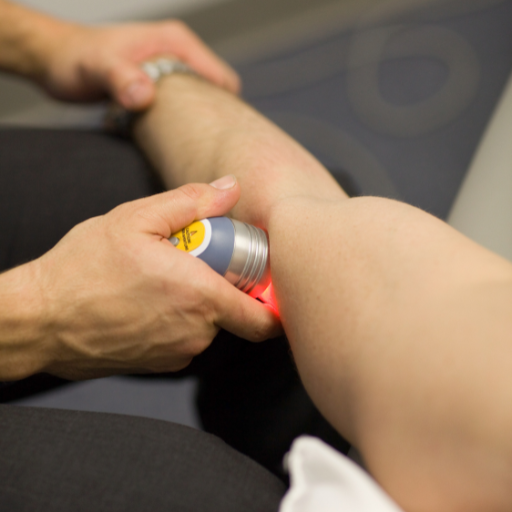
Using cold laser therapy, people recovering from substance abuse often experience a rapid shift in how their brains process cravings. This treatment targets the neurotransmitter systems involved in addiction, helping to restore mental clarity and improved mental well-being.
Unlike traditional methods, which often involve medication with potential side effects, cold laser therapy can help ease cravings and withdrawal symptoms in a painless, drug-free way. It also works as an aid in pain management, as it helps reduce pain and helps reduce inflammation—a major benefit for those struggling with both chronic pain and addiction.
More Than a Quick Fix: Long-Term Recovery Support
The true power of cold laser therapy lies in how it supports long-term behavioral change. The treatment process doesn’t just alleviate symptoms—it helps individuals redefine their baseline for feeling “normal,” reducing the risk of addiction relapse.
While some may experience moments of wanting to return to old habits, continued laser treatments and support programs help reinforce new, healthier behaviors. This is why laserquit centers and certified laser specialists incorporate cold laser therapy into broader recovery methods, including smoking cessation, to help people quit smoking and overcome substance use without relying solely on willpower.
Cold Laser Therapy: A Game-Changer in Addiction Recovery
From breaking addiction to reducing inflammation, cold laser therapy is a cutting-edge, painlessly effective alternative to traditional methods of recovery. Whether you’re looking to help you break free from addiction, find relief from withdrawal, or accelerate the recovery process, this low-level laser therapy is proving to be a transformative solution.
Tired of feeling trapped in the cycle of addiction? Cold laser therapy might be the breakthrough you’ve been waiting for.
Take the next step toward lasting sobriety with this powerful, holistic approach.
Did You Enjoy This Podcast?
Are you struggling with addictive cravings like sugar and smoking? Meet Meridee, a pioneering expert in using energy therapy to restore balance. Discover how simple sessions can reset your body’s cravings and support healthier choices. Curious about the science behind this innovative approach and its 95% success rate?




